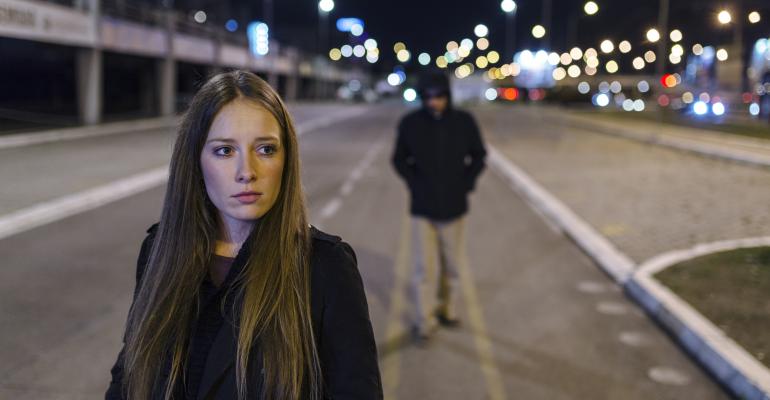A new report from the Global Business Travel Association LINK in conjunction with corporate and temporary housing specialists WWStay surveyed corporate travel professionals on their approach to the safety of women business travelers. The results show that, while most feel women have specific security issues, not enough organizations are addressing them.
Women’s safety in the workplace appears to be moving higher on the agenda for travel professionals. After recent high-profile events and the media coverage of the #MeToo movement, 31 percent of respondents said they were now “more focused on providing a safe workplace” for women. But only 21 percent said that they had revisited travel programs from this perspective. The same survey group estimated that women represent 37 percent of their organizations’ business travelers and said that figure had increased in the last three to five years and continues to trend upwards.
Given that the report indicates that almost 70 percent of respondents believe that women travelers face greater risks than male travelers, what can meeting and travel professionals do to make women safer?
Destination
The report showed that 82 percent of respondents thought that the destination country or city is the biggest factor in women’s security. For meeting planners, that means balancing all the logistics that go into choosing a destination, such as affordability and venue and guest room availability, with how female-friendly it is. This could mean looking at crime rates in American cities, or state department advisories for foreign destinations. Even if the destination is dictated by business, the location of the hotel in relation to the meeting venue or airport can impact the safety of women business travelers. Planners should be prepared to look outside the usual chains to accommodate the meetings schedule without exposing female travelers to long commutes late at night or lodgings in less safe neighborhoods.
Lodging
More than 60 percent of travel pros rated the importance of lodging safety for women an eight out of 10 or higher, but only 44 percent of travel programs have a policy of recommending female-friendly hotel options. Features defining “female friendly” in this instance include 24-hour security and deadbolts on room doors, but lodging options that offer keycard elevator access, security cameras, and staff vetting boost safety and are available in most destinations.
Training
The good news is that 76 percent of participants said they offered pre-trip safety training; the bad news is that only 30 percent said the training covered female-specific content. Companies such as Explore Security https://www.exploresecure.com/ and IHS Training http://www.ihs-training.com/corporate-business-travel.html offer training for women who travel for business, and many others supply it on request.
Transportation
Two-thirds of the respondents mentioned transportation as a concern, yet almost the same amount said they never or rarely provide chauffeured transportation specifically to women business travelers. If group transportation on rented buses is not an option, a bonded car service can help ensure that your employees get where they need to go without criminal incident. In the last four years, more than 100 Uber drivers have been accused of sexual assault in the United States and, depending on the location and time of day, taxis may not be available at an event. If costs are a concern for planners, consider the legal liability of sending female employees on a trip without appropriate transport.
Duty of Care
The Occupational Safety and Health Administration LINK https://www.osha.gov/ has ruled that work-related activities begin when the employee leaves home or work for a business trip, and end when the employee returns to the point of origin, i.e. home or work. The administration also has determined that an employee is engaged in work activities if they are in a destination “in the interest of the employer,” which means organizations still have a duty of care for employees after a conference has ended, or on a day off during the trip. Only 18 percent of the study participants said that they had a policy in place that addresses safety and security for female travelers, a policy failure that could be costly.





